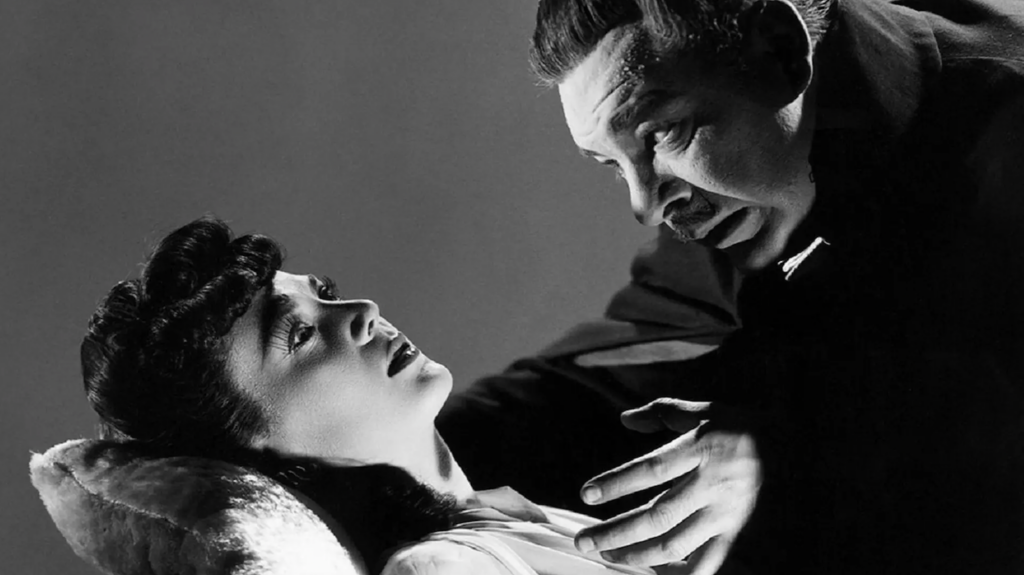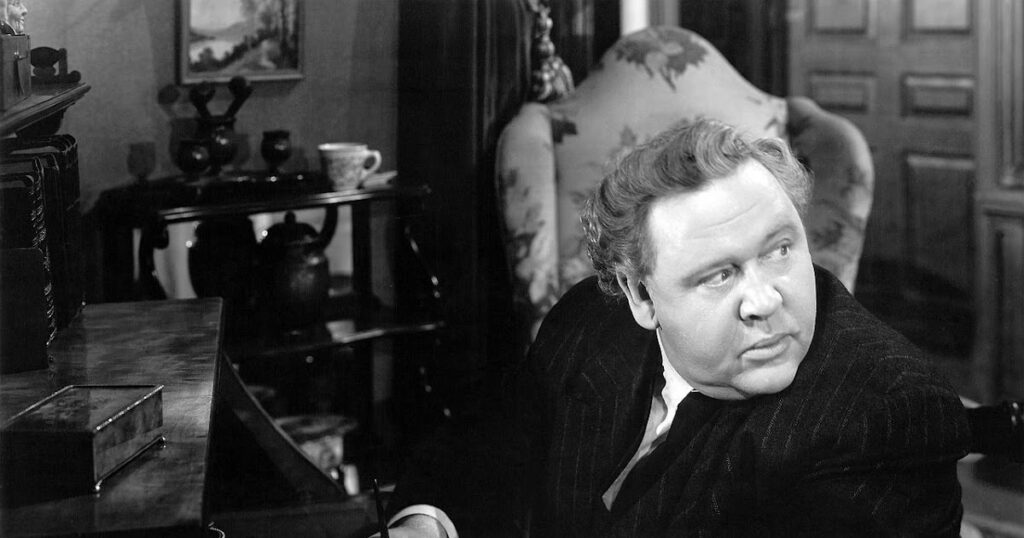Film at Lincoln Center Focuses on a German-Born Director, Robert Siodmak, Who Once Earned the Ire of Joseph Goebbels
The organizers herald Siodmak’s ‘chameleonic sensibility,’ presumably referring to an adaptability when confronted by a given assignment. Some might wonder if this sensibility is less versatile than changeable.

An upcoming retrospective of a German-born director to be presented by Film at Lincoln Center, “Robert Siodmak: Dark Visionary,” is a welcome endeavor not least because it may clear up the nature and magnitude of its subject.
Organizers Dan Sullivan and Margaret Whittle herald Siodmak’s “chameleonic sensibility,” presumably referring to an adaptability when confronted by a given assignment. Some movie buffs might wonder if this sensibility is less versatile than changeable. Siodmak’s films can be arresting in their cinematic fluency, but are often weirdly unsatisfying or hobbled in structure. His ideas can be hard to get a hold of.
Robert Siodmak (1900-73) was one of four sons born at Dresden to Rosa Philippine and Ignatz Siodmak. While in their early 20s, Robert and younger brother Curt, avid movie-goers both, traveled to Berlin in an attempt to get into the business. A cousin working at Nero Films, Seymour Nebenzal, hired the young men for odd jobs, with Robert concentrating on editing and, ultimately, directing.
Siodmak’s first feature, the pseudo-documentary “People on Sunday” (1929), featured a creative crew that reads like an A-team of early 20th-century cinema: It included brother Curt, Billy Wilder, Edward G. Ulmer, Eugen Schüfftan, and Fred Zinneman. Each of these cinephiles, to a man Jewish, took seriously the rise of National Socialism, particularly after Siodmak’s 1933 film “The Burning Secret” sparked the ire of Hitler’s minister of propaganda, Joseph Goebbels. Being pegged as a “corrupter of the German family” didn’t portend well for Siodmak.

He moved to Paris and settled into its film industry; he left when the Nazis rolled into France. He then traveled to California, joining brother Curt, who had arrived in the U.S. two years earlier. Universal hired Siodmak for the B-movie unit, where he directed a handful of romantic comedies before finding his footing with “Son of Dracula” (1942).
The story of a Hungarian count named “Alucard” — yes, I know, spell it backward — is creaky, corny, and talky. Is that why the first thing Siodmak did upon stepping on the set was to fire its screenwriter, his brother? Our stalwart vampire (a woefully miscast Lon Chaney Jr.) travels to the American south because European blood has increasingly proved to be low in “vitality.” Count Alucard causes the requisite havoc, but he is gentlemanly enough to wake up the local parson to wed a local belle before putting the bite on her.
Stylistically, Siodmak proves his directorial mettle, investing the cobwebbed trappings of the Universal backlot with artful chiaroscuro culled from German Expressionism. Working with cinematographer George Robinson, Siodmak bestows a lavishness to the proceedings that belies their modest budget: The film sparkles. When he has Count Alucard glide across a swamp after his coffin has ascended from its waters, you know that this is a director of no small gifts.
Siodmak went on to helm the kitsch mainstay “Cobra Woman” (1944), but history knows him primarily for a run of noir films that followed, including “Phantom Lady” (1944), “The Suspect” (1944), “The Spiral Staircase” (1945), “The Dark Mirror” (1946), and two films starring a fledgling actor by the name of Burt Lancaster, “The Killers” (1946) and “Criss-Cross” (1948).

New Yorkers might want to make a point of seeing “Cry of the City” (1948), which was filmed on the streets of our “crummy” town. Siodmak preferred the backlot: “I hate locations — there’s only so much you can control.”
Be that as it may, our director employed his ample smarts to a wandering story of honorable immigrants, duplicitous sons, and the consequences of living a life made of bad choices. Victor Mature and Richard Conte offer their own variations of hard-bitten masculinity, and a young Shelly Winters makes a fleeting appearance. But it is the towering Hope Emerson as the toughest of molls who all but walks away with the picture.
Siodmak in 1954 returned to Europe, where he won the grand prize at the Cannes Film Festival for the Gina Lollabrigida vehicle “Flesh and the Woman” (1954). The director’s later efforts proved a mixed bag. Sources have it that his last films, “Kampf um Rom Parts I and II” (1968-69), make “Cobra Woman” come off like “Citizen Kane.” They’re not included on the docket at Lincoln Center.
Mr. Sullivan and Ms. Whittle have, in other words, been judicious in their selections. The Lancaster pictures aren’t flawless, but they are tough as nails, and “Phantom Lady” has singular performances by Ella Raines and, especially, Elisha Cook Jr.
The best of the bunch may be “The Suspect,” in which Siodmak and leading man Charles Laughton give Feodor Dostoevsky’s “Crime and Punishment” a run for its money. As an examination of guilt and conscience, Siodmak’s film is as dark and visionary as it should be.

